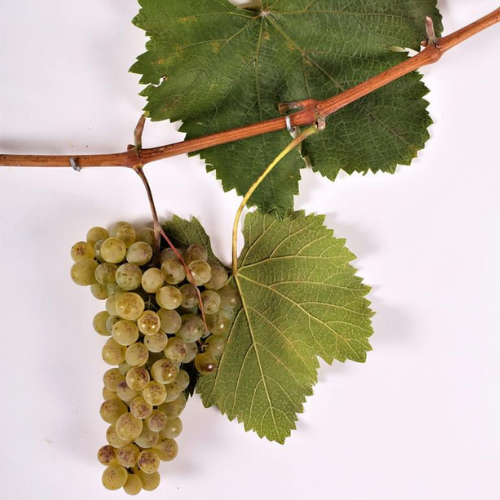Your cart is currently empty!

Kisi
ORIGIN – is indigenous to the Kakheti region. Mainly planted in Akhmeta, Telavi, Kvareli and Gurjaani. It occupies an intermediate position between Rktsiteli and Mtsvane. The vine resembles Rkatsiteli in general appearance, leaf shape and the outline of its plate, and Mtsvane in terms of the color of the berries and its strong varietal aroma. Kisi is not inferior to Rkatsiteli in winemaking, and in some years it even surpasses Mtsvane.
Diseases – It shows weak resistance to fungal diseases (especially powdery mildew), and is relatively resistant to winter frosts.
PRODUCTION – Its dry wine, made according to the European method, is light straw colored, with a golden hue. It has a well-expressed aroma, a gentle and pleasant taste, full and harmonious. Wine made according to the Kakhetian method is of higher value – dark straw color, with a well-expressed pleasant aroma of khid, and a gentle, full, substantial, harmonious and berry-like taste.
THE LEAF – Medium-sized, rounded or slightly oval, 3-5-lobed. The underside of the leaf is covered with medium-sized abaxially pubescent and a medium-frequency bristle-like pubescence scattered beneath it. The flower is bisexual.
THE BUNCH – is medium-sized, conical or cylindrical-conical in shape, sometime winged. The length of the wings often reaches half that of the bunch. Average weight 170-180 g.
THE GRAPES – The berry is medium-sized, oval, sometimes rounded. When fully ripe, it is yellowish-green. Brown spots appear on the sunny side of the berry.
SKIN – Thin, or less dense..
PULP – Moderately juicy, melting. The taste is pleasant and harmonious, with a well-pronounced with a varietal flavour.
VEGETATION PERIOD – 152 days from bud opening to full maturity in mid- September.
YIELD – Medium, 6-8t per hectare.
SUGAR – 20 -24%
ACIDITY – 6 – 8,5 g / l
by
Tags:

Leave a Reply